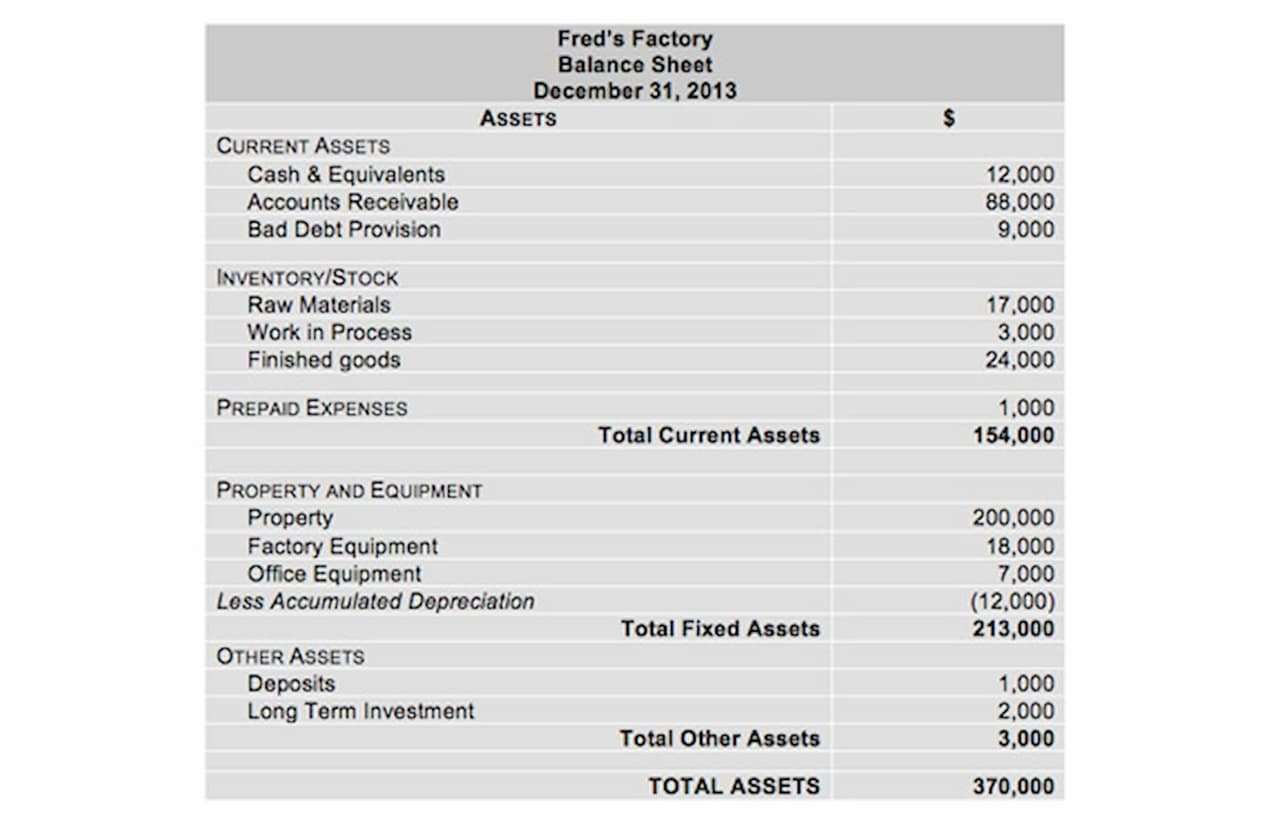What is Annual Income? Definition & How to Calculate It

Hourly workers, on the other hand, must often navigate more variable financial waters. To anchor their annual salary, they must take their hourly wage, multiply it by the number of hours worked each week, and QuickBooks Accountant then by the 52 weeks that compose the year. For hourly employees, this method provides a framework for understanding potential full-time earnings.
Where to find sources of income
This means different portions of your income are taxed at different rates (the more you earn, the higher the rate on the top portion). This formula assumes you work full-time (2080 hours a year) with no significant unpaid time off. Whether it’s communicating complicated topics in a clear way or helping readers connect with another person or place from the comfort of their couch. Abby attended Oral Roberts University in Tulsa, Oklahoma, where she earned a degree in writing with concentrations in journalism and business.

Their Restaurant Sign Is So Famous It Has 1 Million Followers. Here’s How They Turned a Viral Hit Into a Business.
In the US, the average annual income is approximately $63,000, highlighting the country’s higher productivity levels, and significant wage difference as compared to India. Similarly, Canada reports an average annual income of $59,300, which reflects its strong economic fundamentals and higher living standards relative to many other nations. Your annual salary is the sum of money that your employer pays you over the course of 12 months in exchange for the work you do for that employer.
- Calculating your annual salary isn’t just about satisfying curiosity; it’s a foundational step in mastering your financial universe.
- Annual income can include various income and revenue sources depending on how you calculate it.
- It is the sum of all payments made to you by your employer before any deductions are made.
- If you are paid an hourly wage, your income is based on the rate you earn per hour multiplied by the number of hours you work.
- Once you figure out all of your different streams of income, you’ll need to add them together.
- Your portfolio income is income from your investments (in fact, it’s sometimes referred to as an investment portfolio).
- As noted, gross income is the starting point for calculating your tax liability.
Hourly to Weekly to Annual Income Calculation Example
Your gross income will include all the income sources for you as mentioned above. The deductions and expenses here will include retirement contributions, loan interest payments, alimony payments, self-employment tax payments, and other qualified deductions. To figure out what your gross income is, simply add up all the different forms of income you have. For example, if you have only one W-2 job and no other income, your annual gross income equals your annual wages before taxes and deductions are applied.
Loan and Credit Applications

Identify and claim all eligible tax deductions and credits to reduce your tax liability. Common deductions include mortgage interest, student loan interest, and charitable donations. Tax credits, such as the Earned Income Tax Credit (EITC) and Child Tax Credit, directly reduce the amount of tax you owe. Keep detailed records of your expenses and consult IRS guidelines to ensure you claim all applicable deductions and credits.
Annual Gross Income Vs Adjusted Gross Income
Market trends cast long shadows over salary figures, with supply and demand, inflation, and cost of living playing their parts. Understanding your market value can help you advocate for yourself in future salary negotiations. An employee’s performance, too, can sway the scales, with productivity metrics such as sales and customer satisfaction informing compensation. Understanding the median salary in your industry can help you gauge your annual salary against typical earnings. Research the annual salary ranges for similar types of jobs to find out what other companies are paying.
- You should include overtime pay in your annual income calculation to get a fully accurate picture of your annual income as it’s part of your total earnings.
- For instance, life insurance proceeds and gifts are not considered taxable gross income.
- Keep in mind this is a broad average – incomes vary by occupation, education, experience, and location.
- For example, let’s say John earns an hourly wage of $25 and works eight hours per day, five days per week and 50 weeks per year.
- This could be working a normal job, self-employment, or anything else that brings in a regular income.
In the following guide, learn the difference between gross and net annual income, how to calculate annual income, and the impact these calculations can have on your overall financial picture. For an individual or business with multiple income streams or sources of earnings, their total annual income will be equal to the sum of all the income sources. Annual income is the total value of income earned during a fiscal year. Gross annual income refers to all earnings before any deductions are made, and net annual income refers to the amount that remains after all deductions retained earnings are made. The concept applies to both individuals and businesses in preparing annual tax returns.
We at Moneyfarm will explain all, discussing how to calculate and maximise your yearly income and its overall effect on your personal and household finances. As an employee or even a job seeker, understanding your expected annual income is foundational for effective financial planning, career advancement, and negotiation strategies. With the above information, you can calculate total annual income for yourself or your company in no time. Use this information to make the best financial decisions going forward. Similarly, you must make a budget to determine your average annual income if you have a business. Once you know that number, you can decide things like employee salaries and how much money you can spend on expansion.

Household income, family income, and per capita income are terms commonly used interchangeably to discuss the financial well-being of individuals or a population. However, each term represents a unique measure of income, and it’s essential to understand annual income means their differences and contexts for usage. It is important to understand the difference between average (mean) income and median income. The average (mean) income is the sum of a set of numbers divided by the count of numbers in the data set.
